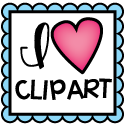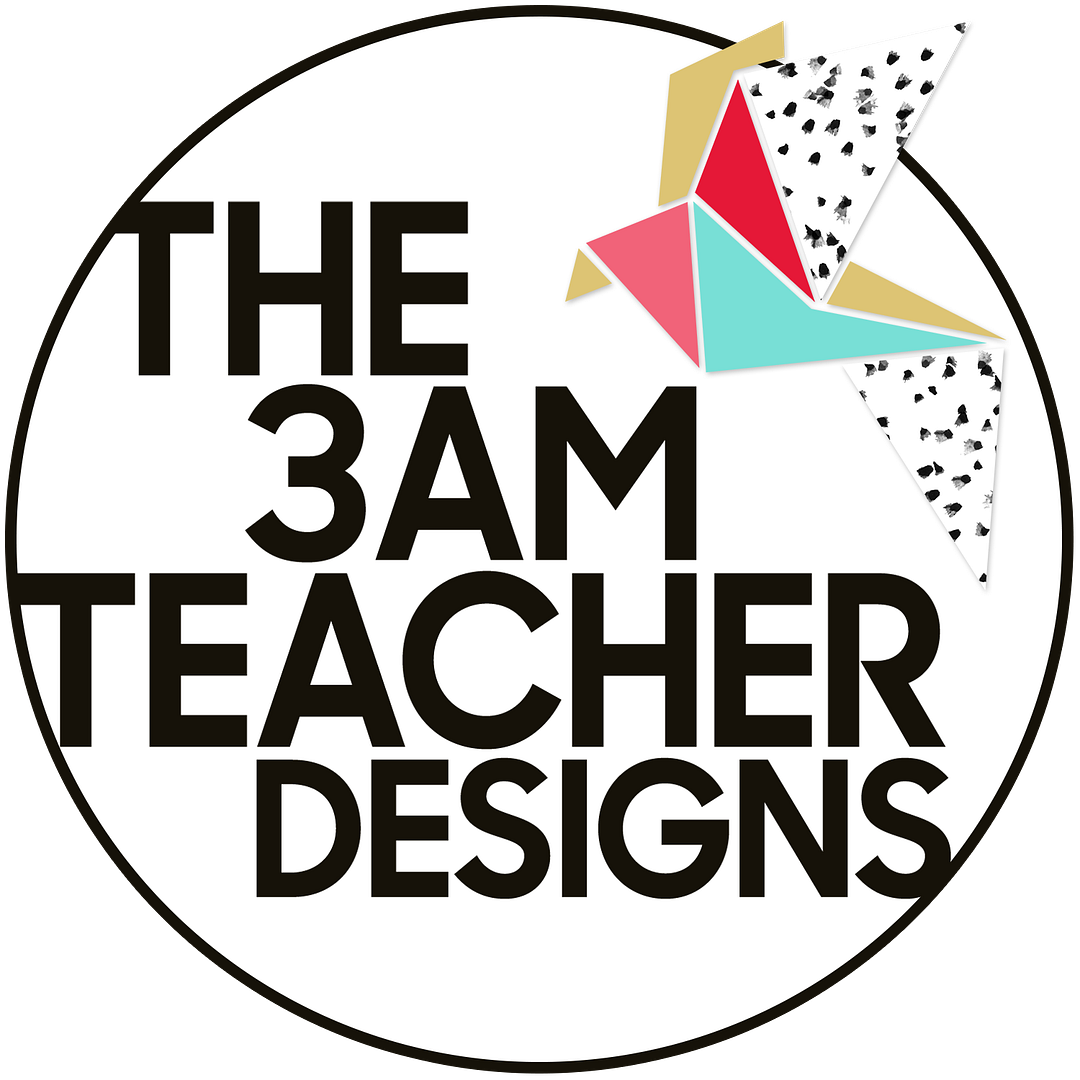Hook Your Students! Anticipation Guides
Monday, July 25, 2016
This post is the first in the series of Hook Your Students! How to capture (and keep!) their attention. Before I share one of my favorite teaching "hooks," let's briefly discuss what a "hook" is.
What is a “hook?”
A hook is a short instructional activity used at the beginning of the lesson to capture students’ attention and to build interest and motivation for learning. Hooks are also known as anticipatory sets, set induction, and advance organizers. I like to use the term “hook” because that is what these activities do – they “hook” students and actively draw them into learning.
Why Use a Hook?
A hook is not only fun and engaging, but it prepares and motivates students for learning. Using a hook helps to:
An Anticipation-Reaction Guide (AR Guide) contains a series of short statements about the topic or concept you plan to teach. Some of the statements are true and some are false. Before interacting with the content, students read the statements and decide if they agree or disagree with the statement. Students record their prediction, an “A” for agree or “D” for disagree, in the left hand column. Students can answer the statements on their own or collaborate in pairs or small groups. Oftentimes, discussion can help students to activate prior knowledge and make connections with past experiences.
Once predictions have been made, it is time to present the content. This can be the text you are about to read, a video, a series of photographs – whatever tool you plan to use for instruction. Once students have had an opportunity to engage with the content, they revisit the anticipation-reaction guide to verify their predictions. Students record their final answers in the right column.
The focus is not about whether the student’s prediction is right or wrong. The goal is to revisit the statements with a critical eye to build understanding of the concept or skill. The discussion surrounding why statements are true or false helps to reinforce key concepts and build lasting comprehension.
Here is an example from my classroom. (You can download this, and the other printables shown in this post, for free here.) In 3rd grade, our first ELA unit is about Fables. In order to develop a solid understanding of what a fable is, I present my students with the anticipation-reaction guide shown below. I encourage students to work in pairs to discuss the statements and use their prior knowledge to make predictions.
I then show students a short video, such as The Tortoise and the Hare or The Dog and His Reflection. Once the video is complete, students revisit the A-R guide to verify their original ideas and we pause for discussion. What did we learn about the characteristics of a fable? What statements do we still need to answer? If needed, we can watch another short video to explore unanswered questions. We can also record remaining questions on an anchor chart and search for the answers as we read throughout the unit.
Using the AR guide, students are actively engaged in learning. Instead of passively receiving information, students are empowered to build meaningful, long-term understanding.
While the Anticipation-Reaction Guide is traditionally used in ELA, I’ve found that it can be easily used and adapted to other content areas as well. Here is an example from my 4th grade math class. When we began our exploration into polygons, I began with the AR guide below.
After completing the left hand column, I introduced the content, using examples and non-examples. I've included a copy of the activity for your reference.
With the AR statements in mind, we explored the examples and non-examples. Students were so excited to use the images to confirm, clarify, and update their first predictions. We revisited the AR guide throughout the lesson as we gained new insights and information. Again, the emphasis was not on whether we were right or wrong, but the content and quality of our discussion. Students had to think critically to justify their ideas, support them with evidence, communicate their reasoning to peers, and critique the rationale of others.
Using the AR guide and the visual examples, students were able to craft a clear and accurate definition: “A polygon is a plane shape that has 3 or more straight sides and angles.” The definition was much more meaningful and had a longer-lasting impact because my students were invested in creating it themselves.
Are you ready to create your own Anticipation Guide? Let's Do It! Here is a blank, editable template to help you get started:
Identify the key concepts or skills you want students to learn. What do students really need to know in order to understand this concept or skill? Write 4-6 declarative statements about the concept, making some statements true and others false.
Options for Differentiation:
• Present it orally. Read the statements out loud. This can be a great option for younger students and less proficient readers.
• Add a "WHY" column to the chart. Students can use this area to justify their conclusions.
• In lieu of 4-6 statements, offer one open-ended question. (ex: what is a polygon?) This strategy will help to activate prior knowledge and provide you with insight into what the students already know.
What else do you need to make Anticipation Guides work well for you and your students? What other "hooks" would you like to learn more about? Let me know; I'd love to help!
- Focus student attention on the lesson
- Set a purpose for learning
- Activate prior knowledge
- Check for student understanding
- Build curiosity, anticipation, and interest
An Anticipation-Reaction Guide (AR Guide) contains a series of short statements about the topic or concept you plan to teach. Some of the statements are true and some are false. Before interacting with the content, students read the statements and decide if they agree or disagree with the statement. Students record their prediction, an “A” for agree or “D” for disagree, in the left hand column. Students can answer the statements on their own or collaborate in pairs or small groups. Oftentimes, discussion can help students to activate prior knowledge and make connections with past experiences.
Once predictions have been made, it is time to present the content. This can be the text you are about to read, a video, a series of photographs – whatever tool you plan to use for instruction. Once students have had an opportunity to engage with the content, they revisit the anticipation-reaction guide to verify their predictions. Students record their final answers in the right column.
The focus is not about whether the student’s prediction is right or wrong. The goal is to revisit the statements with a critical eye to build understanding of the concept or skill. The discussion surrounding why statements are true or false helps to reinforce key concepts and build lasting comprehension.
Here is an example from my classroom. (You can download this, and the other printables shown in this post, for free here.) In 3rd grade, our first ELA unit is about Fables. In order to develop a solid understanding of what a fable is, I present my students with the anticipation-reaction guide shown below. I encourage students to work in pairs to discuss the statements and use their prior knowledge to make predictions.
I then show students a short video, such as The Tortoise and the Hare or The Dog and His Reflection. Once the video is complete, students revisit the A-R guide to verify their original ideas and we pause for discussion. What did we learn about the characteristics of a fable? What statements do we still need to answer? If needed, we can watch another short video to explore unanswered questions. We can also record remaining questions on an anchor chart and search for the answers as we read throughout the unit.
Using the AR guide, students are actively engaged in learning. Instead of passively receiving information, students are empowered to build meaningful, long-term understanding.
While the Anticipation-Reaction Guide is traditionally used in ELA, I’ve found that it can be easily used and adapted to other content areas as well. Here is an example from my 4th grade math class. When we began our exploration into polygons, I began with the AR guide below.
After completing the left hand column, I introduced the content, using examples and non-examples. I've included a copy of the activity for your reference.
With the AR statements in mind, we explored the examples and non-examples. Students were so excited to use the images to confirm, clarify, and update their first predictions. We revisited the AR guide throughout the lesson as we gained new insights and information. Again, the emphasis was not on whether we were right or wrong, but the content and quality of our discussion. Students had to think critically to justify their ideas, support them with evidence, communicate their reasoning to peers, and critique the rationale of others.
Using the AR guide and the visual examples, students were able to craft a clear and accurate definition: “A polygon is a plane shape that has 3 or more straight sides and angles.” The definition was much more meaningful and had a longer-lasting impact because my students were invested in creating it themselves.
Are you ready to create your own Anticipation Guide? Let's Do It! Here is a blank, editable template to help you get started:
Identify the key concepts or skills you want students to learn. What do students really need to know in order to understand this concept or skill? Write 4-6 declarative statements about the concept, making some statements true and others false.
Options for Differentiation:
• Present it orally. Read the statements out loud. This can be a great option for younger students and less proficient readers.
• Add a "WHY" column to the chart. Students can use this area to justify their conclusions.
• In lieu of 4-6 statements, offer one open-ended question. (ex: what is a polygon?) This strategy will help to activate prior knowledge and provide you with insight into what the students already know.
What else do you need to make Anticipation Guides work well for you and your students? What other "hooks" would you like to learn more about? Let me know; I'd love to help!
















1 comments
Anticipatory Set can be good for gaining attention, Good Article
ReplyDelete